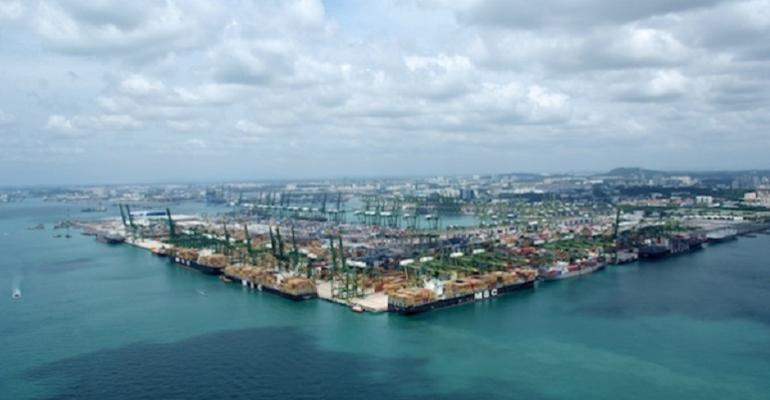The Maritime & Port Authority of Singapore (MPA) Port of Los Angeles, Port of Long Beach and C40 Cities have begun discussions on the corridor that will focus on using low and zero carbon fuels and digital tools to support this.
The collaboration supports the Green Shipping Challenge, convened by the US and Norway, and launched at COP27 in Sharm el-Sheikh, Egypt, this week.
Three ports plan to accelerate the deployment of low and zero carbon fuels, develop bunkering support and infrastructure, and digitals tools for the use of green fuels one of the world’s busiest shipping corridors.
Teo Eng Dih, Chief Executive of MPA, said, “Through this corridor, we hope to support the decarbonisation of global supply chains, complementing efforts undertaken by the industry and the International Maritime Organization to drive the decarbonisation and digital transition for international shipping.”
Singapore is the world’s largest transhipment hub, and second largest container port, while LA and Long Beach form the largest gateway ports into the US.
“Reducing greenhouse gas emissions in the maritime supply chain is essential, and this transpacific partnership will help us build a network of ports and key stakeholders to help decarbonise goods movement throughout the Pacific region,” said Gene Seroka, Port of Los Angeles Executive Director.
Mario Cordero, Port of Long Beach Executive Director, commented: “Decarbonising the supply chain is the future of our industry, and partnerships like this on the world's most important trade route are important for fulfilling that ultimate goal.”
Copyright © 2024. All rights reserved. Seatrade, a trading name of Informa Markets (UK) Limited.
Add Seatrade Maritime News to your Google News feed.  |

